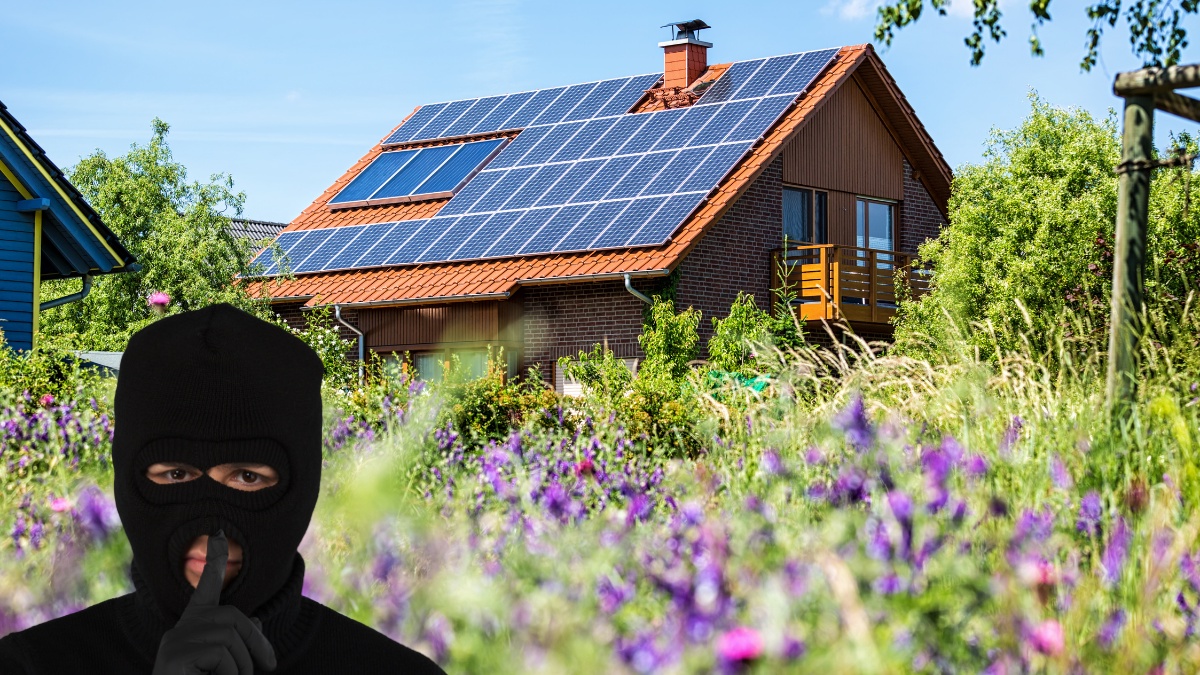Introduction to Solar Safe Sunscreen
In recent years, there has been a growing awareness of the importance of protecting our skin from the harmful effects of the sun's ultraviolet (UV) rays. With concerns about skin cancer and premature aging on the rise, more people are turning to sunscreen as an essential part of their daily skincare routine. However, not all sunscreens are created equal. Enter solar safe sunscreen – a new generation of sun protection that not only shields your skin from UV damage but also minimizes its environmental impact.
Understanding the Importance of Sunscreen
Before delving into the specifics of solar safe sunscreen, it's crucial to understand why sunscreen is so important. UV radiation from the sun can cause a range of adverse effects on the skin, including sunburn, premature aging, and an increased risk of skin cancer. By applying sunscreen regularly, you can help reduce these risks and keep your skin looking healthy and youthful.
What Makes Solar Safe Sunscreen Different?
Solar safe sunscreen sets itself apart from conventional sunscreens in several key ways. Firstly, it is formulated with natural ingredients that are gentle on the skin and safe for the environment. Unlike chemical sunscreens, which can contain potentially harmful ingredients like oxybenzone and octinoxate, solar safe sunscreen relies on mineral blockers like zinc oxide and titanium dioxide to provide broad-spectrum protection.
Additionally, solar safe sunscreen is reef safe, meaning it does not contain ingredients that are harmful to coral reefs and marine life. This is particularly important given the growing concern over coral bleaching and the degradation of our ocean ecosystems.
Benefits of Using Solar Safe Sunscreen
The benefits of using solar safe sunscreen extend beyond just sun protection. In addition to shielding your skin from UV rays, solar safe sunscreen can also help prevent premature aging by reducing the damage caused by free radicals. Furthermore, its environmentally friendly formula ensures that you can enjoy the sun safely without worrying about the impact on the planet.
How to Choose the Right Solar Safe Sunscreen
When choosing a solar safe sunscreen, there are several factors to consider. Firstly, you'll want to select a product with an appropriate SPF level for your skin type and the level of sun exposure you anticipate. Additionally, look for formulas that are water-resistant and contain ingredients like zinc oxide and titanium dioxide for optimal protection.
Application Tips for Maximum Effectiveness
To ensure maximum effectiveness, it's essential to apply solar safe sunscreen correctly. Start by using a generous amount of sunscreen and reapply it every two hours or more frequently if you're swimming or sweating heavily. It's also important to consider how sunscreen interacts with other skincare products and makeup to avoid any potential issues.
Myth Busting: Common Misconceptions About Sunscreen
Despite the widespread use of sunscreen, there are still many misconceptions surrounding its effectiveness and necessity. One common myth is that sunscreen is only necessary on sunny days when, in reality, UV radiation can penetrate clouds and cause skin damage even on overcast days. Another misconception is that a higher SPF provides all-day protection, when in fact, sunscreen should be reapplied regularly for optimal effectiveness.
The Environmental Impact of Conventional Sunscreens
The environmental impact of conventional sunscreens is a growing concern, particularly regarding their effect on coral reefs and marine life. Chemical sunscreens containing oxybenzone and octinoxate have been shown to contribute to coral bleaching and disrupt the development of marine organisms, posing a threat to fragile ecosystems around the world.
How Solar Safe Sunscreen Supports Environmental Conservation
In contrast to conventional sunscreens, solar safe sunscreen is designed with environmental conservation in mind. By using biodegradable formulas and avoiding harmful chemicals, solar safe sunscreen minimizes its impact on the environment while still providing effective sun protection. Additionally, its non-nano zinc oxide formulation ensures that it is safe for coral reefs and other marine life.
Testimonials and Reviews: Real-Life Experiences with Solar Safe Sunscreen
To further illustrate the benefits of solar safe sunscreen, let's hear from some real-life users who have experienced its effects firsthand. From beachgoers to outdoor enthusiasts, people everywhere are embracing solar safe sunscreen for its effectiveness, safety, and environmental consciousness.
Conclusion: Embracing Sun Protection with Solar Safe Sunscreen
In conclusion, solar safe sunscreen offers a holistic approach to sun protection that benefits both your skin and the environment. By choosing a sunscreen that is formulated with natural ingredients, reef safe, and environmentally friendly, you can enjoy the sun safely while minimizing your ecological footprint. So next time you reach for sunscreen, make sure it's solar safe – your skin and the planet will thank you for it.
FAQ Section
What does "reef safe" mean in sunscreen?
Reef safe sunscreen is formulated without chemicals like oxybenzone and octinoxate, which have been shown to harm coral reefs and marine life.
Can I use solar safe sunscreen on sensitive skin?
Yes, solar safe sunscreen is formulated with gentle, natural ingredients that are suitable for all skin types, including sensitive skin.
How often should I reapply solar safe sunscreen?
It's recommended to reapply solar safe sunscreen every two hours, or more frequently if you're swimming or sweating heavily.
Is solar safe sunscreen safe for children?
Yes, solar safe sunscreen is safe for children and can provide effective protection against sunburn and UV damage.
Can solar safe sunscreen be used underwater?
Yes, solar safe sunscreen is water-resistant and can be used while swimming or participating in water
If you are confused with this written step-by-step guide watch our STEP BY STEP VIDEO presentation on how to create your own energy by Clicking here !


No comments yet